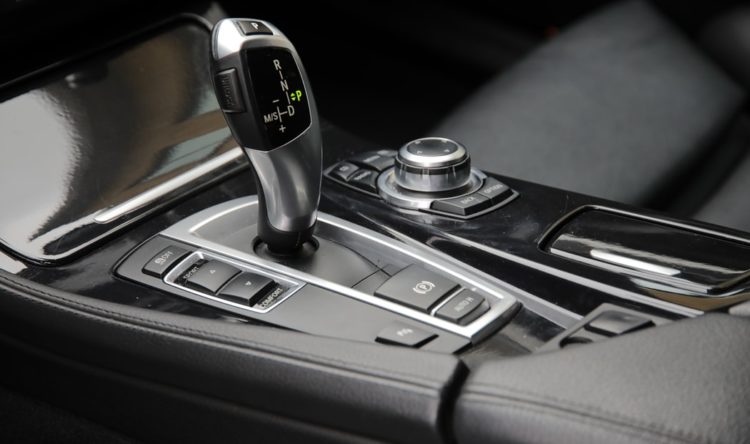Corporate Driver Training
Professional drivers can also benefit from advanced driver training, and it's another worthwhile area of teaching for you
Fleet training has become an increasingly popular area of driver training for ADIs to diversify into. While the promise of an avalanche of new business clients never materialised after the introduction of the Corporate Manslaughter Bill 2007, there has certainly been a modest increase in demand. What is more, as an increasing volume of evidence is produced of business savings on insurance and fuel costs, not to mention fewer lost work days and better public profiling, the growth in this aspect of driver training looks set to rise. Over the following few months, we will look at what is required in effective teaching plans for fleet drivers.
Finding Fault
The typical pre-driving response from company drivers who have an assessment scheduled is that they know that they have many “bad habits”. When asked what these are, they often respond honestly by saying “speeding”, “missing mirror checks”, “rushing amber traffic signals” and “driving too close” etc. When asked how, while getting experience, they’ve slipped into these habits, they fail to acknowledge responsibility, and let themselves off the hook by blaming other drivers for being worse and more dangerous. There’s an implicit belief that the risks of ‘bad habits’ can’t be so bad. Some drivers feel that despite these habits they’re not really bad drivers, but actually they are good drivers. Incidents, including collisions, are always someone elses fault. The target for this training isn’t necessarily practical driving skills; it has to be driver attitude. Our own skills and techniques for influencing are central to improving attitude. A focus on the human factors associated with car crashes is a possible way to begin presenting the training content that needs covering.
THE KEY LEARNING POINTS
Occupational Road Risk
THREE “E”s OF ROAD SAFETY
● Education
● Engineering
● Enforcement
FLEETCRAFT ESSENTIALS
● Vehicle type
● Vehicle Condition Report (VCR)
● Eco-Safe Driving
● Commentary Driving
● Demonstration Drive
ADVANCED DRIVING TECHNIQUE
● System of Car Control
● Types of hazard
● Visibility and limit point
Stage of ability
● Fully Qualified Driver/Experienced Motorist
Recap
● Level of driving experience.
● Any blameworthy collisions or incidents.
● Expectations and confidence.
Core of Session
● Occupational Road Risk Brief (Important statistics).
Department for Transport figures suggest that more than a quarter of all road traffic incidents involve someone who is driving as part of their work.
1: The average motorist drives about 8,000 miles a year.
2: Fleet Drivers are exposed to more risk of collisions because of their higher mileage.
3: 95% of collisions are caused by driver error and around one third of fatal and serious road crashes involve someone who was driving for work.
Next Month: We continue to look at the core of the sessions and why.





